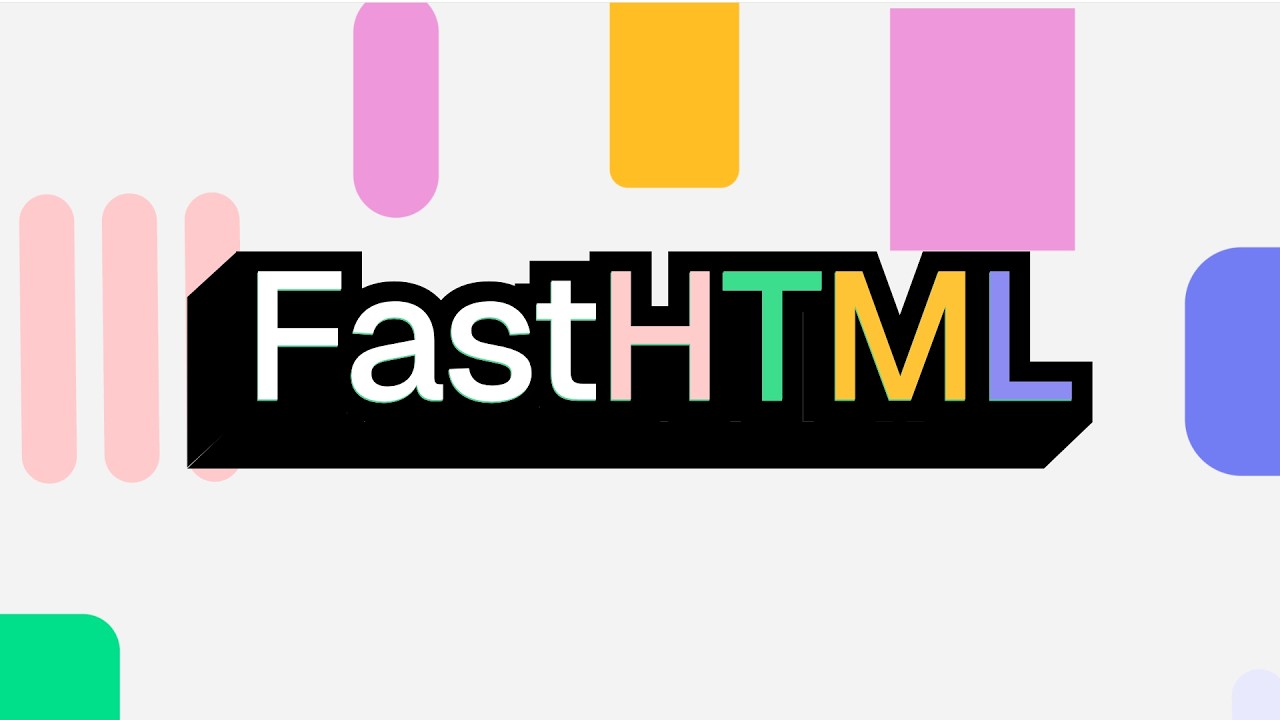The video introduces FastHTML, a framework that enables developers to build web applications entirely in Python without writing HTML, showcasing its simplicity and reactive capabilities through various examples. It highlights how FastHTML allows for easy navigation and dynamic content updates, making it suitable for beginners but potentially less ideal for larger applications that require established front-end tools.
The video introduces FastHTML, a new framework that allows developers to build web applications entirely in Python without needing to write any HTML. Created by Jeremy Howard of fast AI, FastHTML leverages ASGI and HDMX as its foundational technologies. The presenter aims to demonstrate how FastHTML differs from traditional web frameworks by showcasing several examples and providing insights into its functionality.
The first example presented is a simple “Hello World” application, which illustrates how FastHTML uses Python to create web components. Instead of writing HTML templates, developers use Python code to define the structure of their web pages. The presenter runs the example, showing that it renders a basic webpage with a div and a paragraph tag, highlighting the ease of creating web content directly in Python.
Next, the video explores a more complex example involving multiple pages with links. The presenter demonstrates how to create two different routes, each displaying a paragraph and a link. When a link is clicked, the page refreshes to show the content of the other route. This example emphasizes the framework’s simplicity and how it allows for straightforward navigation between pages, similar to what one might experience with Flask.
The video then delves into the reactive capabilities of FastHTML, showcasing how it can update parts of the page without a full refresh. By using HDMX attributes, the presenter demonstrates how clicking a link can replace content dynamically, which is a common feature in modern web applications. This approach allows developers to create more interactive experiences without relying heavily on JavaScript frameworks.
Finally, the presenter discusses a more advanced example involving a commenting system that integrates with a database. This example highlights the framework’s ability to handle data and user input while maintaining a reactive interface. The video concludes with reflections on FastHTML’s target audience—new coders who may not have extensive web development experience. While the framework offers a unique approach for prototyping and small projects, the presenter notes that it may not be suitable for larger applications where front-end developers prefer established tools and workflows.
